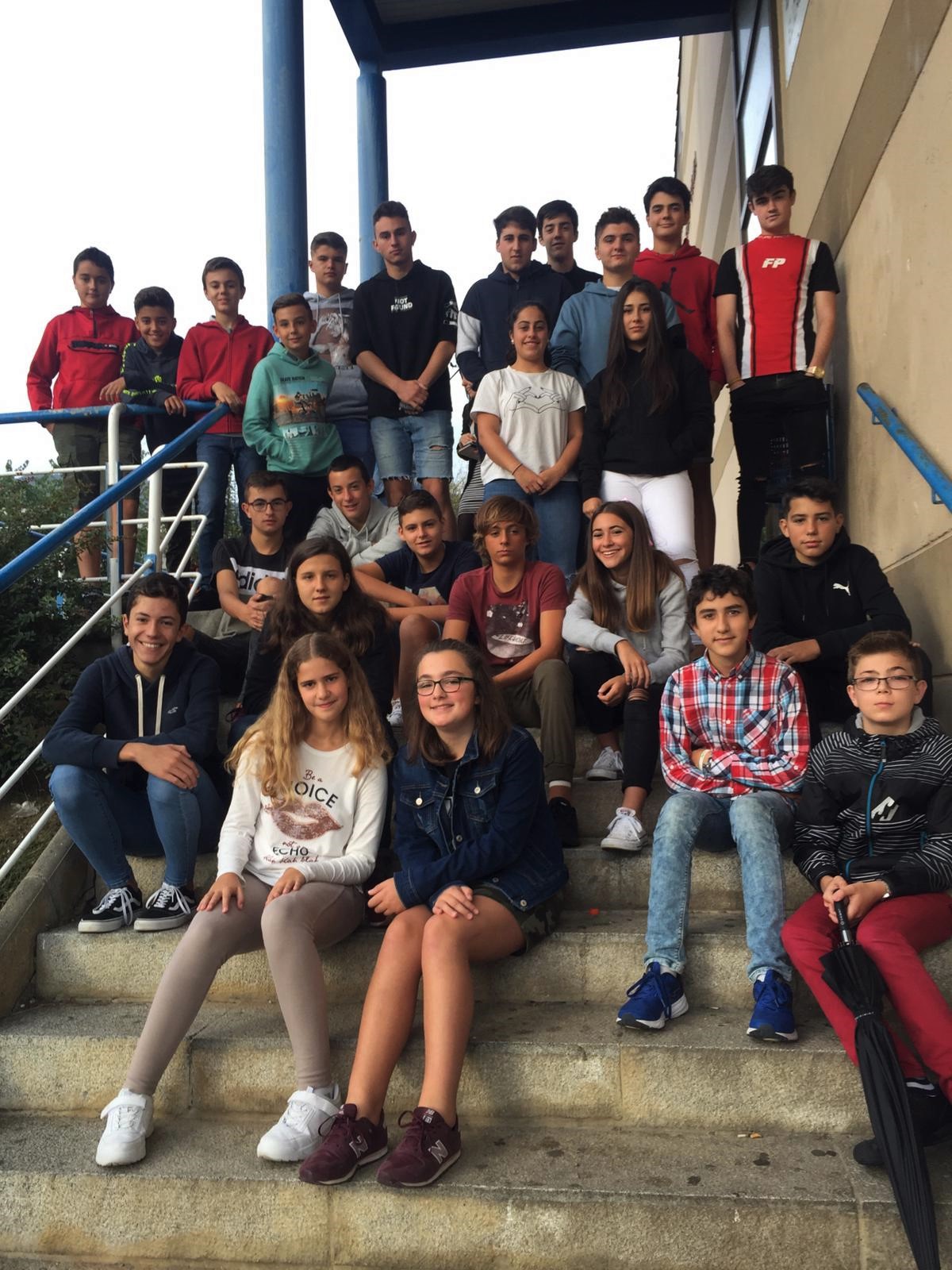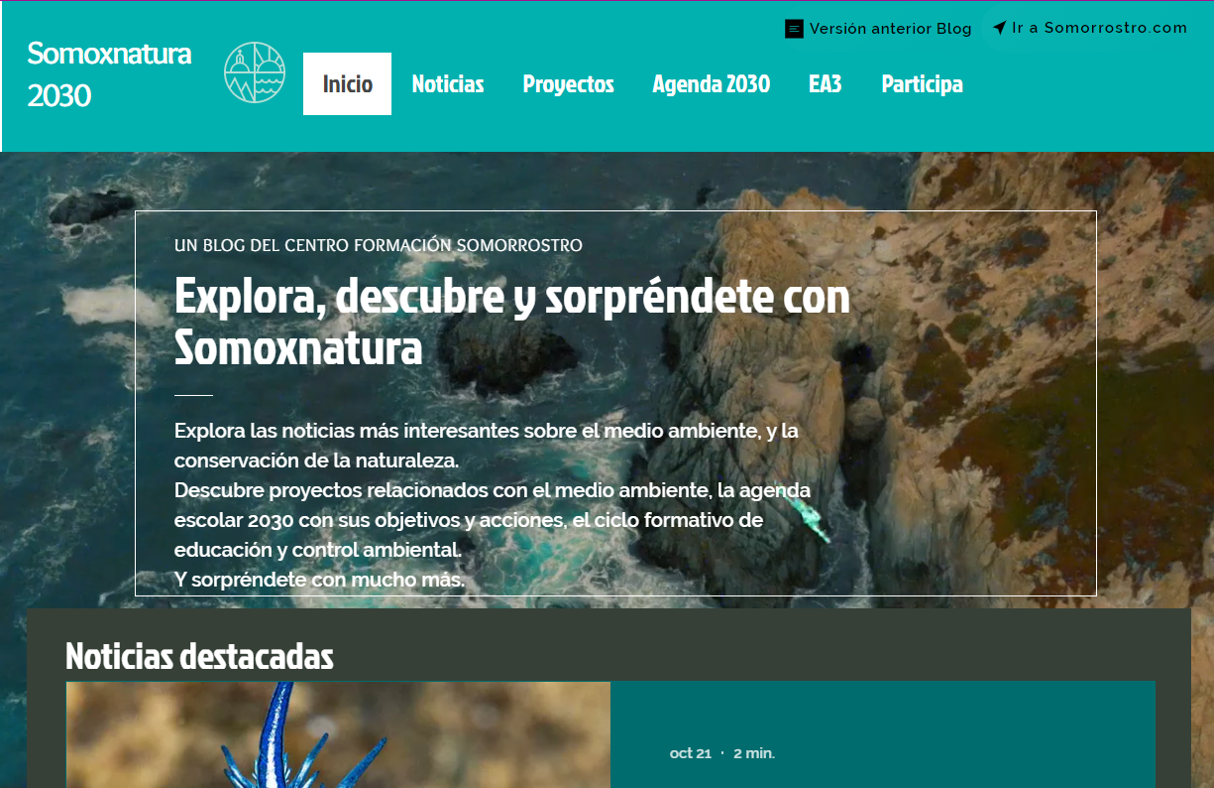Agenda 21
School Agenda 2030 (SA2030) is a commitment by schools to work towards sustainable development and the educational quality of the school and its environment, through the 17 Sustainable Development Goals (SDG) and 169 targets.
These SDGs have been defined by the United Nations to put an end to poverty, protect the planet and ensure prosperity for people around the world. This requires major transformations at different levels from government, business and society, reflected in each of us.
The AE2030 is the tool with which we develop knowledge, skills, attitudes, commitments and actions in the educational community, to take part in the resolution of problems towards sustainability.
On our website somoxnatura 2030, you can learn about the theme and objectives of the course, as well as the actions that we are carrying out to meet the goals that will lead us to achieve the SDGs.
To introduce you to the SDGs in a simple and attractive way, we leave you with a video of just over 3 minutes, produced by the VET Environmental Committee, which explains what the SDGs are, their origin and examples of actions that we can take at a personal level.
WHAT ARE THE OBJECTIVES OF THE AGENDA 2030?
Agenda 2030 aims to involve the educational community in the sustainable management of the Centre’s resources and school quality.
For this purpose, an Environmental Committee is created at the beginning of the school year, made up of representatives of all the Centre’s departments, which is responsible for agreeing on the main lines of action to be developed during the course, on a proposed topic.
This year the topic is: “The ecological footprint”.

Activities
The actions proposed by the Environmental Committee are organised and promoted with the help of the group of collaborating teachers and the members of the Environmental Committee itself, in meetings held throughout the course.
We carry out awareness-raising activities on the proposed subject, a diagnosis of the situation in the school, deciding which aspects we are going to work on and the actions that will try to improve the chosen aspects.
We collaborate with other groups in the Centre to achieve our objectives: Fair Trade, Pastoral, various Departments, …
We make excursions to know our environment and heritage.
Preparamos el día del Medioambiente, dentro de la Semana Cultural, con muchas actividades para todo el Centro, relacionadas con el tema trabajado cada curso:
- Eko-oca temática
- Orientering
- Tours of the Botanical Garden
- Talks
- Activities
The Centre also collaborates with the Local Agenda 21, bringing proposals to the inter-centre and municipal meetings to improve the resources of the natural and urban environment of the municipality.
During this year we will carry out awareness raising and diagnosis, for this purpose::
– We will send all members of the educational community awareness letters at the beginning of the year.
– We will conduct surveys throughout the school to calculate our ecological footprint.
– We will analyse the environmental impact of our daily life.
– We will decide which aspects we will address to try and reduce that impact.
SOMOGARDEN
Somogarden is the botanical garden of Somorrostro. It is located on the site where the family home of Mr. Simón de la Cuadra, a representative of one of the families that increased their wealth through iron-related commercial activity, used to be.
The Botanical Route project began in 2009, with the aim of providing an educational approach to the extraordinary characteristics of the green areas of the school. It has several centenary trees, and the most important one is the Cedar of Lebanon, catalogued as a Singular Tree of the Basque Country.
On the Somogarden website you can take a virtual tour of our garden, enjoying 4 interactive itineraries and a large number of species each with its own characteristics that you can use to carry out countless activities with your students.















